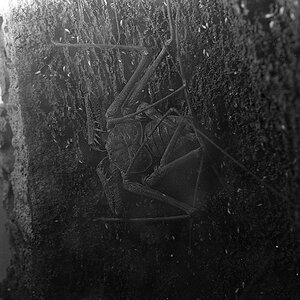essdrae
TPF Noob!
- Joined
- Sep 22, 2013
- Messages
- 2
- Reaction score
- 0
- Can others edit my Photos
- Photos NOT OK to edit
Hi there, everyone. Im new in the world of photography. The only camera I owned was a point-and-shoot camera but recently I found out the work of many great photographers and so I took interest in photography as a work of art. Ok, to put it simply, Id really like to start being a bit more serious about it, so I wanted to buy a decent camera. Now, I really love the work of photographers such as Henri Cartier-Bresson, William Klein, Richard Avedon and others. What I can say is that I like taking portraits, so Im not really into sport or wild photography; I want to take photos of people. I was thinking to buy a mirrorless but they are more expensive than DSLR (and lets not talk about the lenses!), so I think Ill stick with a DSLR, after all. Anyway, I was thinking to buy only the body and then buy a couple of really good lenses. About my budget, well, I think Ive got 800 dollars or so. So, what model do you guys think I should buy? :blushing:


![[No title]](/data/xfmg/thumbnail/38/38263-ad5e4c9e677626ddb5b1e7cdf9ebe40e.jpg?1619738548)
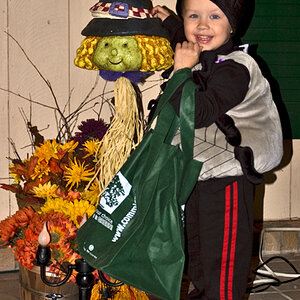
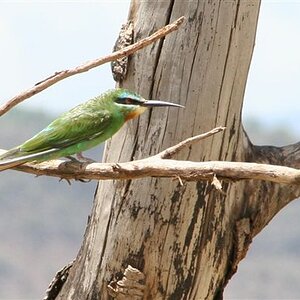
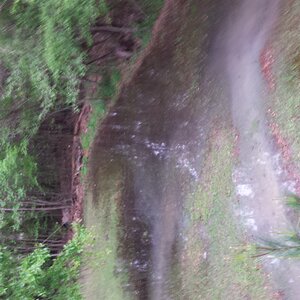
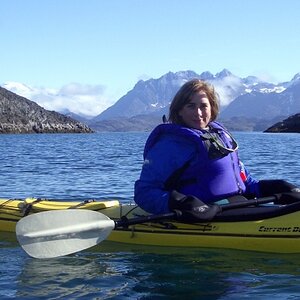

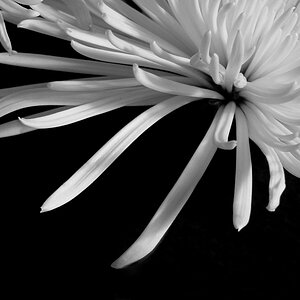
![[No title]](/data/xfmg/thumbnail/32/32168-fd80621d6068dd5050eb33595e34e6cf.jpg?1619735234)
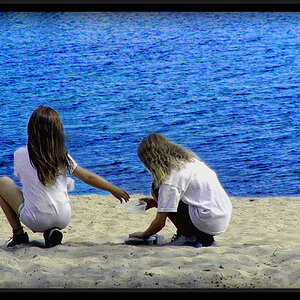
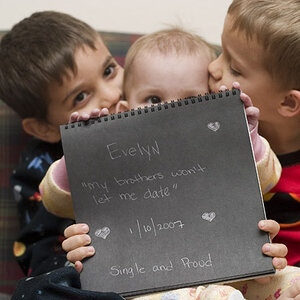
![[No title]](/data/xfmg/thumbnail/32/32166-ddd2797e76a9226d289c2158c3cf7b67.jpg?1619735234)
